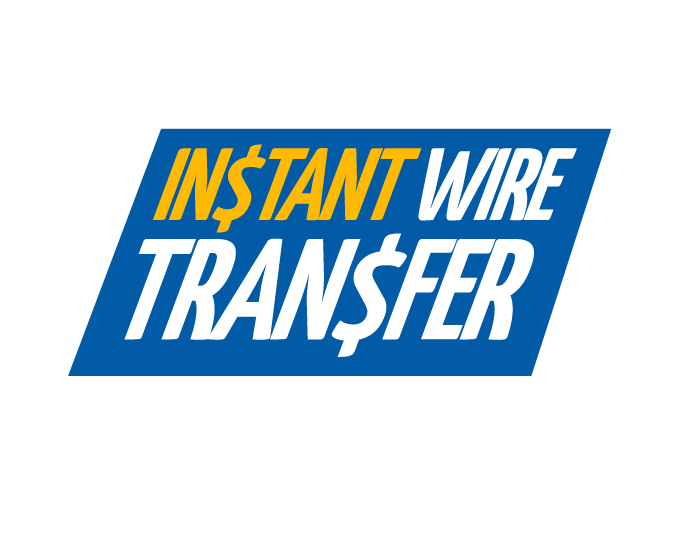Headings are meant to grab the reader’s attention. Think of them as newspaper headlines, mean to stand out among a sea of text. In the case of the internet, you’ll want to grab the search engine’s attention first and foremost.
There are several divisions of headings and search engines read them all in a specific way. Let’s start with the <h1> heading. This is the main topic of your page. It is the most prominent, should be featured at the top of your page, and detail explicitly what a visitor should expect to find in the content below.
For example, a review page about Winner Casino, including the keywords “Winner Casino Review” in your <h1> is a must for quality results. Keep in mind you can have only one <h1>.
Beyond the <h1> all following headings are considered sub-headings and can be used to accent specific sections of the text within a page. To keep your content SEO-friendly, keep the hierarchy of headings intact throughout the page. This means you should avoid following an <h1> heading with an <h4> sub-heading.
Some things to consider when implementing header tags:
• Keep the text relevant, search engines continually check header tags’ relevancy to the content it precedes.
• Keep your content consistent. If you write about a new casino bonus, be sure your keywords are consistent with the content in your article.
• Organization is key. Use headers to separate information and label content in a relevant way. Not only will this improve your site’s quality in the eyes of search engines, but your users will appreciate the ease of navigation.
If your <h#> tags are too large, too small or in a style you feel is inconsistent with your theme, they can all be changed using CSS or html style tags. Play around with things and see just how much this little touch can improve your performance.


































